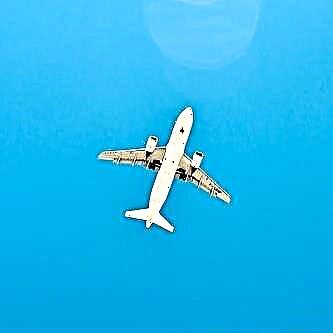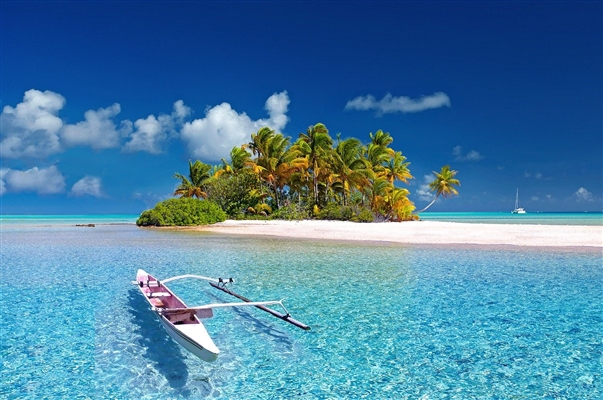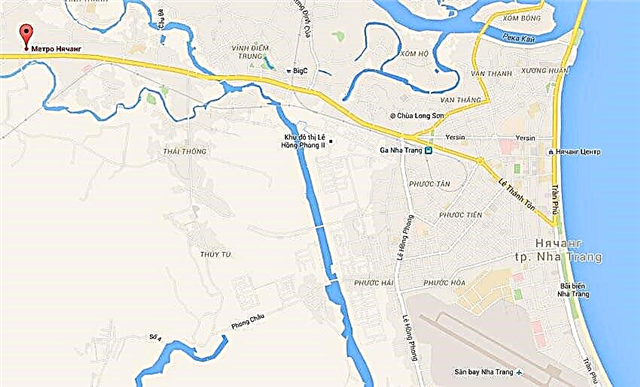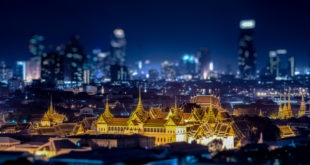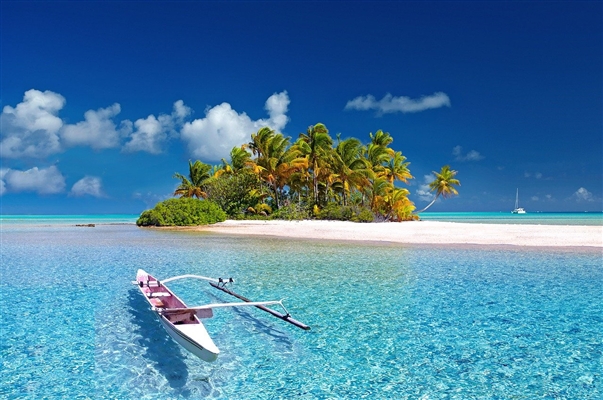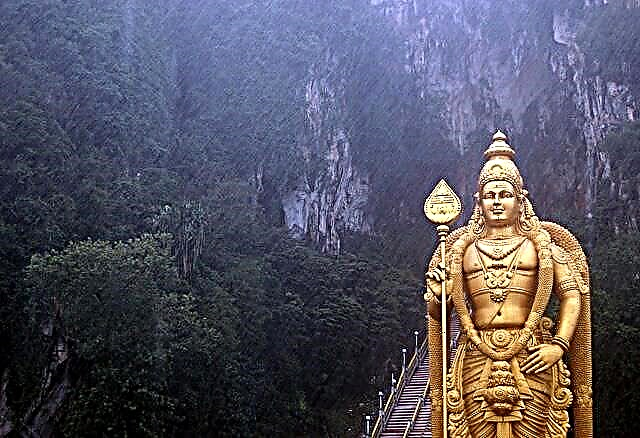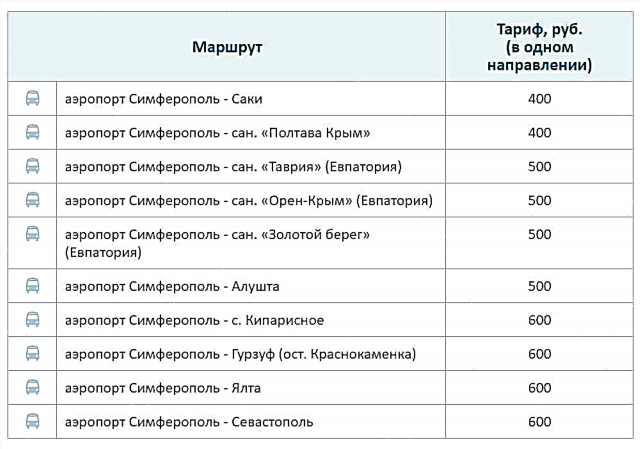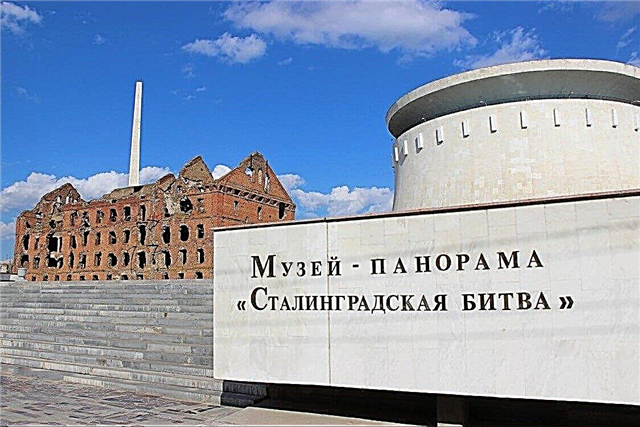A symbiosis of natural beauties, buildings of the past and direct references to the Great Patriotic War. The Mamayev Kurgan and the Battle of Stalingrad Museum are iconic places designed to perpetuate the heroic deeds of the heroes who defended their homeland at the cost of their lives. In addition, there are many picturesque corners in the region, such as Lake Elton or Sarpinsky Island.
They are unique in their characteristics, therefore they are included in many tourist programs. The situation is similar with natural parks, which are abundant in the region. Here you can not only take a break from the hustle and bustle in the lap of nature, but also learn a lot of new things. And memorable places like the Shukshinsky cliff are the touches that add charm to Volgograd and the surrounding area.
The most interesting and beautiful places in the region
List, photos with names and descriptions of the sights of the Volgograd region!
Mamayev Kurgan
Opened in 1967 in Volgograd. In this place, on a hill along the right bank of the Volga, during the Second World War, battles for the city took place. To perpetuate these events, the territory was ennobled and a memorial to the "Heroes of the Battle of Stalingrad" was erected. The main monument is "The Motherland Calls!" Its height, together with the raised sword, is 85 meters. Here are the graves of the fallen soldiers of the Soviet army, both fraternal and personal. There are separate alleys and small squares, as well as other parts of the overall composition: half of the tank chassis, a German bunker, a hall of military glory and others. A guard of honor was organized. Inspection of some places of the complex is accompanied by the voice of Levitan.

Don't Miss: 50 Top Attractions in Volgograd.
Museum-panorama "Battle of Stalingrad"
Located in Volgograd. It has existed in its current form since 1982, but is based on the museum founded in 1937. The complex is divided into two levels. The key part of the first is the museum itself, which contains exhibits related to the Second World War, as well as the legacy of past collections. Inspection of the second begins with an impressive circular diorama, which depicts the victory of Soviet troops over the Nazis at Stalingrad. Nearby - the ruins of the Grudinin mill - a red brick building that was badly damaged during the war. It is not restored as evidence of those events. Here is one of the replicas of the Barmaley fountain: dancing children around a crocodile. The original has not survived.

Lake Elton
Located in the Pallasovsky district. The area is 152 km². The largest in the region. The depth varies depending on the season, the greatest in the spring and reaches 1.5 meters. The water is salty. In terms of mineralization, it occupies one of the leading positions in the world. There is no drain. Previously, salt was mined here. A sanatorium of the same name was built on the shore. Both water and mud are used in the treatment. The lake is important for bird migration.

Volzhskaya HPP
Built in the 50s of the last century. Includes three earth dams. The length of the concrete dam is 725 meters, and the height reaches 44 meters. There are locks that allow ships to cross the hydroelectric complex. The power supply of the entire region depends on the operation of the hydroelectric power station; it also connects several similar structures into a single network. It had a negative impact on the ecology: it blocked the way for some fish to spawn.

Volga-Don Canal
Connects the Volga and Don. Opened in 1952. The length is 101 km. There were earlier projects, but they were never implemented. About a million people were involved in the construction: civilian workers worked alongside the military and prisoners. It bears the name of Lenin, a monument to the leader of the world proletariat is erected at the entrance to the canal. In 2012, the bottom was deepened to provide access to different ships.

Volga-Akhtubinskaya floodplain
Natural park, which includes the territory of three districts of the region. Founded in 2000. The area is 1538 km². The reason for its creation is the desire to preserve natural features and historical and cultural values. The floodplain is important from an ornithological point of view. There is a hunting reserve. Among the man-made monuments, the burials of the Bronze Age and the landing stage, built in the 50s of the last century, stand out.

Stolbichi
They belong to the territory of the Shcherbakovsky Natural Park. Height - 90 meters. The length is about 200 meters. They are a natural wall on the banks of the Volga, going straight into the water. They consist of finely porous sedimentary rock of gray-yellow color. Reliefly divided into separate towers, although they are stacked like a monolith. The nearest town is Kamyshin.

Tsimlyansk sands
At the same time, a natural complex and a natural park, created to preserve the unique area. Also applies to the Rostov region. The nature here is diverse: from feather grass steppe to coastal poplar forests. The fauna is typical of this climatic zone. The reserve works. There is a division into zones, each with its own rules for the use of natural resources and the organization of economic activity.

Natural Park "Donskoy"
Located in the Ilovlinsky region. Founded in 2001. The area is 619 km². The relief is characterized by elevation changes: the chalk mountains are adjacent to the Ventsy plateau, then the Kobylya head is located - a mountain with layers on the top, and so on. Sightseeing: Stepan Razin Island, Ermak Monument, Trekhostrovskoe Sanctuary, a memorial sign in the form of a weapon in honor of the Siberians who fought for Russia.

Natural park "Nizhnekhopyorsky"
It is located on the territory of three districts in the north-west of the region. Founded in 2003. The area is 2312 km². It includes numerous natural monuments: Russian Mountain, Ostrov tract, glacial boulders, Khopyorsky forest, two-hundred-year-old Shaki oak forest with a "boiling spring" and others. No less interesting is Koshav Gora - a mound, which in ancient times served as a guard post.

Old Sarepta
The Museum-Reserve was opened in 1989. Located in Volgograd. The place was not chosen by chance: there was a German colony that existed since the time of Catherine II. The architectural ensemble includes 26 buildings for various purposes. All of them were built in the 18th – 19th centuries. In the museums one can hear historical information about the life, religion, cultural characteristics of the inhabitants, as well as legends associated with Old Sarepta.

Embankment of the 62nd Army
The main embankment of Volgograd. Consists of two levels. The lower one goes directly to the water, and the upper one is adjacent to roads and residential buildings. There is no single year of construction, since individual sites were built at different times. There are rumors about the imminent reconstruction of the facility. Sightseeing: armored boat "Extinguisher", river station, Church of John the Baptist, monument to Saints Peter and Fevronia, Fountain "Art".

Volgograd high-speed tram
A special transport system that combines tram and subway features. It has been operating since 1984. It has 2 lines and covers 22 stations. Expansion is planned. Includes aboveground and underground sites. There is also a station located on a flyover directly above the river floodplain. In operation, both modern wagons, and already almost rare models.

Kazan Cathedral in Volgograd
Built in the last years of the 19th century. It stands on the site where the church of the same name used to be. During the Second World War he suffered. After the victory, he was handed over to representatives of the Orthodox flock for restoration. Restored by 1954 and consecrated anew. Its reconstruction began in 2010. In addition to the temple, the architectural complex includes: a bell tower, a refectory, a parish school (currently not functioning).

Read about the main temples of the city in the article: 30 main temples of Volgograd
Ust-Medveditsky Spaso-Preobrazhensky Monastery
Female. Founded in 1670. Located near the town of Serafimovich. Was originally masculine. It closed in the late 1920s. It has existed in its current form since 2001.It is notable for its monastery caves, a stone with the prints of the hands and feet of the former abbess, a grotto, a holy spring, the grave of seven holy nuns who used to live here, and a picturesque arch-belfry.

Holy Ascension Dubovsky Monastery
Female. Founded in 1865. Before the revolution, it flourished: it had its own factory and an extensive courtyard. It was devastated and lost many buildings and values. The restoration began in the 90s, the process has not been completed. Churches, a monastic building and some outbuildings have already been rebuilt. A pond with fish, a garden and vineyards appeared. The relics of John of the Intercession are kept on the territory of the monastery.

Kamenno-Brodsky Holy Trinity Belogorsky Monastery
Male. Founded in 1860. It is located in the Olkhovsky district. There are 5 holy springs on the territory of the monastery, the water in them is of different origin and different in taste. Nearby attractions are the monastery caves, some of which are accessible to tourists, and the giant oaks that formed the grove. The main shrine is the Joy of All Who Sorrow icon. The monastery, in addition to its direct purpose, is a natural monument.

Lake Bulukhta
It is located in the Pallasovsky district. The name is translated from Kalmyk as "spring". The area is 77 km². Fine and salty. Wasteless. The coast is rugged, swampy in places, herons nest here, and the bottom is mostly muddy. There are islands, the largest is called Small. The rarest inhabitant is the burial eagle, which is listed in the Red Book. Near Lake Elton.

Alexander graben
It is located in the Dubovsky district. The natural monument was founded in 2009. Area - 16 hectares. The reason for its creation is an attempt to preserve the only geological outcrop in the entire Volga region. It is interesting that the layers of the earth have sunk 200 meters. This site is constantly being explored. The time of the beginning of this phenomenon is also noteworthy - more than 30 million years ago. There are many restrictions on the economic use of the territory.

We recommend that you familiarize yourself with: 15 interesting natural monuments of the Volgograd region
Kamyshin Museum of Local Lore
Has been working since 1961. The building of the museum is the former Zemskaya government. The funds of the museum are displayed in 14 large halls on two floors. Some materials remain in the repository, as the collection is vast, and there is not enough space to display it. The collection consists of dishes, furniture, clothes, coins, books, archaeological finds, household items and more. Temporary exhibitions are held.

Tsaritsyno watch line
Located on the isthmus between the Don and the Volga. Used in the first half of the 18th century. Purpose - protection from raids and encroachments of the Crimean Khanate. There were several fortresses with a permanent garrison. Now the state is deplorable: only ruins remain. A ditch and an earthen rampart are drawn. Installed stele showing the true dimensions of the embankment, as well as several commemorative signs.

Medveditskaya ridge
Located in the Zhirnovsky district. The height reaches 358 meters. The name comes from its location near the left bank of the Medveditsa River. The ridge is not uniform and is divided into ravines and gullies. Attraction nearby - Ust-Medveditsky Spaso-Preobrazhensky Monastery. The search for the mystical is associated with the ridge, the area was chosen by futurists.

Military Memorial Cemetery Rossoshka
Opened in 1999. It is located in the Gorodishchensky district. It bears the name of a farm that used to be located nearby. It appeared thanks to an agreement between Russia and Germany on the care of war graves. The remains of those killed in the Stalingrad and other battles were transferred here for more than ten years. There are also nominal graves, but more common graves. Memorial signs and marble slabs with inscriptions have been installed.

Shukshinsky cliff
It is located near the Melokletsky farm. Named after the actor and director Vasily Shukshin. Here in the 70s the film They Fought for the Motherland was filmed. The cliff, the river and the trenches that have remained since the Second World War turned out to be a wonderful natural platform. Towards the end of filming, Shukshin died suddenly. The place has become a landmark for fans of his talent. Every year, fans and colleagues of the artist come here for commemoration days.

Monument "Union of Fronts" in Pyatimorsk
Located in the Kalachevsky district. Opened in the mid 50s of the last century. Author - Vuchetich. The height of the composition is 16 meters. Dedicated to the unification of the fronts during Operation Uranus - part of the counteroffensive at Stalingrad. It represents several soldiers' figures shaking hands against the background of two banners, and preparing to go forward - a symbol of the upcoming joint battle.

Monument to Lenin at the entrance to the Volga-Don Canal
Opened in 1973. It appeared at the place where the monument to Stalin had previously stood. It was made from native copper. The height was about 24 meters. The new monument consists of a pedestal and the very statue of the leader of the world proletariat striding forward with a cap in his hand. The total height of the structure is 57 meters. It has never been restored, it was put on the waiting list for a major renovation.

The main historical and modern monuments of the city can be found in the article: 30 most famous monuments of Volgograd.
Ilovlinsky Museum of Cossack Life
Opened in 1982. It looks like a typical Cossack estate of the late 19th century. There are original and authentic exhibits. In addition, there is an extensive folklore program. Festive events with songs and dances are held. Food and drinks of the time are served for tasting. Sightseeing nearby - Kamenno-Brodsky Belgorodsky Monastery, Natural Park "Donskoy" and others.

Monument to the Goat in Uryupinsk
Installed in 2000. Made of marble. The reason for the appearance in the city of a monolithic goat with a goat of impressive dimensions is the desire of the city residents to express their gratitude to this animal. Uryupinsk became famous for its products made from goat hair. Shawls and shawls are especially popular with tourists. They are considered not only decorative, but also medicinal. There is even an annual celebration in honor of this craft.

Mortuary Volzhsky
Built in the 50s of the XX century. It is located within the city cemetery # 1. Once it was closed, the mortuary was no longer used. The original purpose is to carry out funeral rites. The dilapidated state does not interfere with attracting tourists. Although the exterior is worn out, the stone columns are well preserved. The altar and the place for the coffin also remained intact. Reconstruction is planned.

Sarpinsky Island
It is located in the Kirovsky district of Volgograd. The area is 112.7 km². In the past, it was probably a single entity with the neighboring Golodny Island. It includes about 20 lakes rich in fish of different types. There is no bridge to the mainland: in summer there is a ferry, in winter a crust of ice becomes the road. Dacha associations are located here, there is also a permanent population. The island is important for bird research.


